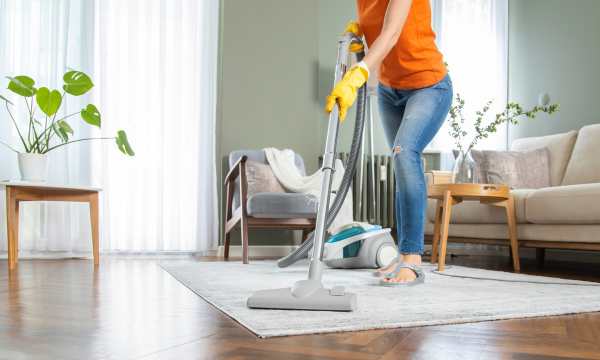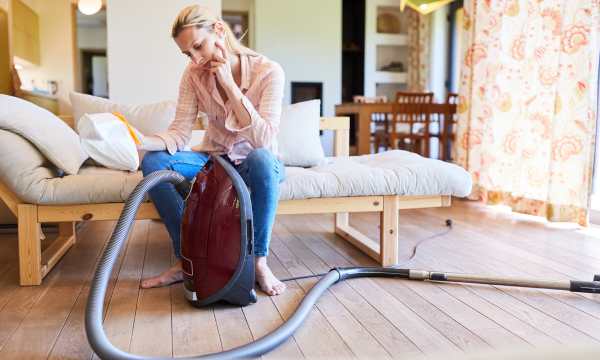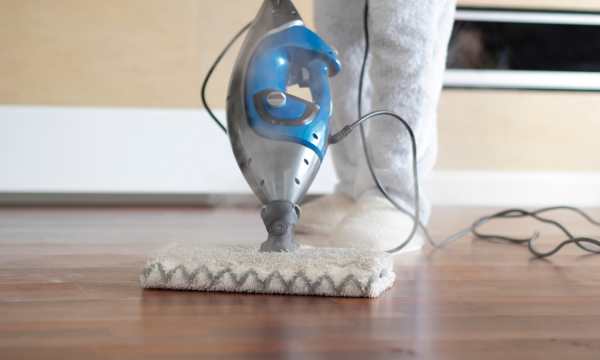Eco-Friendly Choices for a Cleaner Home
People are increasingly concerned about the long-term health of the environment, so choosing eco-friendly products to clean their homes has become important to many people.
Ad
By using less energy and throwing away less waste, going green not only helps the world, it also makes the place where you live healthier. In this guide, learn about the different eco-friendly choices and habits you can make every day to make your home better and more sustainable.
1. Devices that Use Less Energy
The use of machines is one of the biggest reasons why people use a lot of energy at home. By choosing products that use less energy, you can significantly reduce your carbon footprint. Look for appliances with the Energy Star logo. This means that they comply with strict regulations of the United States. The Environmental Protection Agency (EPA) knows how much energy they use. Buying new refrigerators, washing machines and other appliances that use less energy will not only save energy but can also reduce your energy bills in the long run.
Ad
2. Sources of Renewable Energy
You may want to replace the energy source that powers your home with renewable energy. Hydropower, solar panels, and wind turbines are all environmentally friendly ways to harness the forces of nature to produce energy. While it may cost more initially, it is a good choice for the environment and the economy in the long run. Many governments also offer tax breaks and other incentives to people who use green energy, making it more accessible to homeowners.
3. Durable Floor Covering
When you renovate your home or choose a floor, choose sustainable materials. You can choose from hardwood, bamboo, and softwood from approved sustainable forests. These materials can be used again and again, decompose naturally, and are more environmentally friendly than traditional hardwood or synthetic floors. For a unique and eco-friendly flooring option, you can also use reclaimed wood or reclaimed materials.
4. Environmentally Friendly Way of Cleaning
Many conventional cleaning products contain chemicals that are harmful to you and the world. A simple and effective way to make your home cleaner and greener is to switch to cleaning products made from natural, biodegradable ingredients. Instead, you can use vinegar, baking soda, and essential oils to make your cleaning solution, reducing your reliance on store-bought products.
5. Keep Water Clean
Saving water is important for the environment and your energy bill. Installing low-flow faucets and shower heads can save water without affecting their proper functioning. Repair any leaks immediately, as even small leaks can waste a lot of water over time. You may want to install a rainwater harvesting system so that you can use the rainwater for purposes other than drinking, such as watering plants or flushing toilets. Also consider tasks that require a lot of water, such as laundry or dishes, and start doing things that require less water.
6. Lighting that Uses Less Energy
Replace old incandescent bulbs with LED or CFL (compact fluorescent lamp) bulbs that use less energy. These alternatives not only use less energy, but they also last longer, meaning you don’t have to replace them as often. Installing smart lighting systems that allow you to control and adjust your lighting needs can help you save energy. To save even more energy, get into the habit of turning off your lights when they are not in use.
7. Sustainable Furniture
If you want to decorate your home, choose furniture made from eco-friendly materials such as bamboo, reclaimed wood, or recycled metal. Stay away from furniture that contains chemicals that are harmful to you, such as formaldehyde or flame retardants, as these can release toxins into the air over time. Look for furniture companies that care about the environment and do business fairly. Another eco-friendly way to add color to your home and reduce waste is to upcycle or repair old furniture.
8. Houseplant
Adding plants to your home not only makes your home look more beautiful but also makes the air in your home feel better. Plants naturally remove pollution and release oxygen, making the air we breathe healthy. Choose easy-care houseplants such as pothos, snake plants, or spider plants that grow well indoors and don’t require much care. In addition to making the house look more beautiful, they also bring a bit of nature into your home.
9. Recycle and Reduce Waste
An important part of greening your home is reducing waste. Reduce, reuse, and recycle costs three rupees. Choose items in small packages and avoid single-use items to reduce waste. If possible, reuse items and throw away items such as metal, glass, paper, and plastic. Having a recycling area in your home makes it easy for everyone to recycle and encourages them to do so.
10. Consume Consciously
Finally, change the way you think about consumption. Before you buy something, think about the impact it will have on the world, how long it will last, and whether you need it. If you want to buy something, choose quality over quantity and make sure it will last a long time. Being more aware of your consumption can help you create a sustainable mindset and keep your home cleaner and healthier.
Conclusion
Making your home cleaner and greener takes time, thought, and sustainable action. You can help the world become a healthier place by using energy-efficient appliances, renewable energy, sustainable materials, and eco-friendly habits. This will also make your home more comfortable and last longer for you and future generations. Small changes can have a huge positive impact, and if we work together we can make a huge difference in making the world a cleaner, greener place.
FAQs
1. Why should I buy energy-efficient products for my home?
Choosing a machine that uses less energy is a good idea for two main reasons. First, these appliances can help you reduce energy consumption around the home, lowering your energy bills. Secondly, they have a lower impact on the earth, making people’s lifestyles more sustainable and environmentally friendly.
2. How do I convert my home to alternative energy?
If you want to switch to renewable energy sources such as solar panels or wind turbines, you’ll need to figure out how much energy you need, research your options, and talk to a renewable energy supplier. Many governments offer tax breaks and other benefits to help homeowners make the switch.
3. Is it more expensive to choose environmentally friendly floors than regular floors?
Choosing durable floors may cost a little more initially, but is usually cheaper in the long run because they last longer and require less maintenance. Using renewable materials is also better for the planet, resulting in a cleaner home.
4. What are the benefits of using environmentally friendly cleaning products?
Natural, biodegradable ingredients are used to create eco-friendly cleaning products. This means fewer harmful chemicals end up in the environment. They’re also better for your health and can save you money in the long run, especially if you make your cleaning products at home.
5. What can I do to save water in my home?
Using less water means using low-flow faucets and showerheads, repairing leaks immediately, and changing the way you do things every day, like washing food and doing laundry. You may want to install rainwater harvesting for purposes other than drinking, such as watering plants.
6. Should I spend money on energy-saving lighting for my home?
Yes, it is worth investing in lighting that uses less energy, such as LED lamps or CFL lamps. These lamps use less electricity and last longer, lowering your energy bill. Smart lighting systems also give you more ways to control and adjust your lighting, making better use of energy.
 Choosing the Right Vacuum Cleaner
Choosing the Right Vacuum Cleaner
An important thing you can do to keep your home healthy and comfortable is to keep it […]
More Quick Fixes for a Non-Functional Vacuum
Quick Fixes for a Non-Functional Vacuum
It can be annoying to keep your home clean and healthy if your vacuum cleaner isn’t working. […]
More Resolving Common Steam Mop Issues
Resolving Common Steam Mop Issues
Steam mops have become a popular household cleaning tool because they work so well at cleaning and […]
More